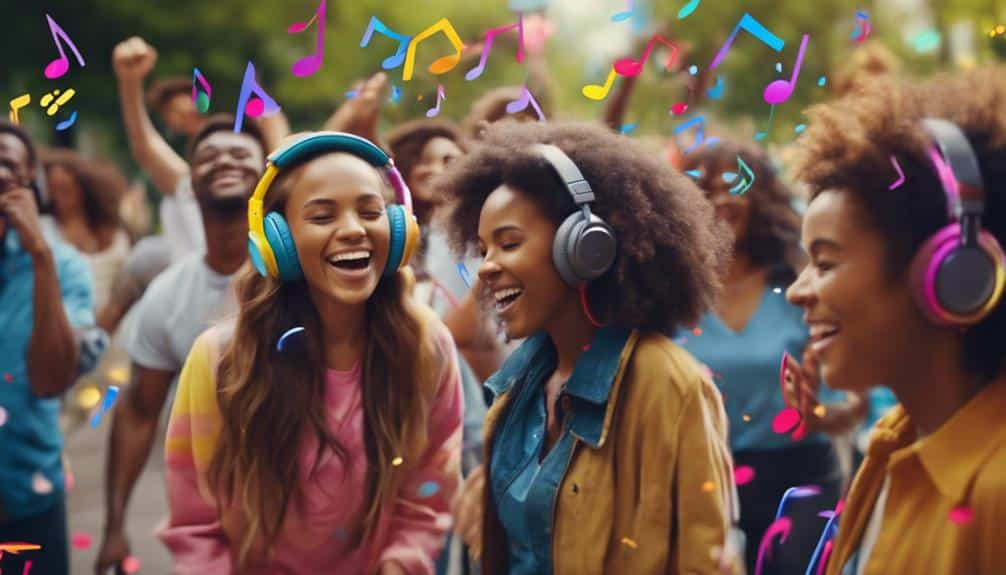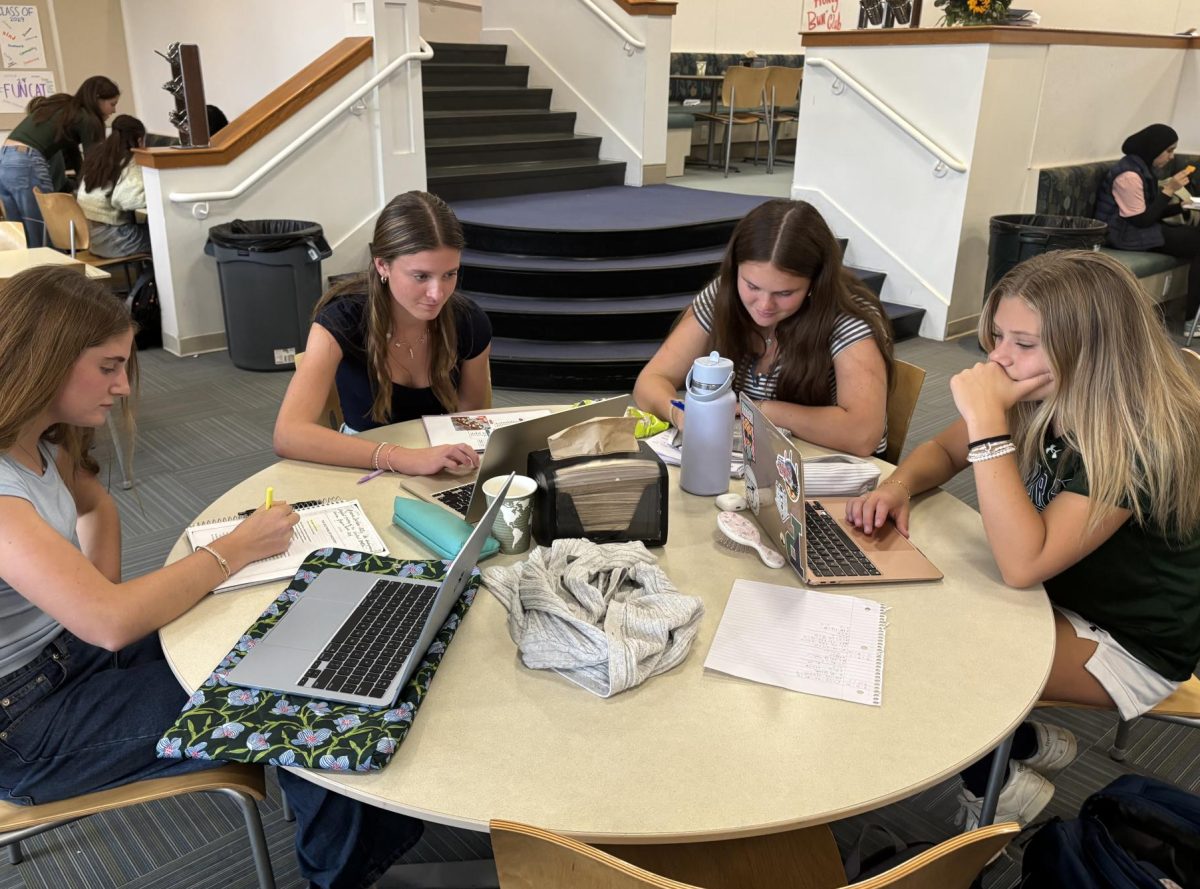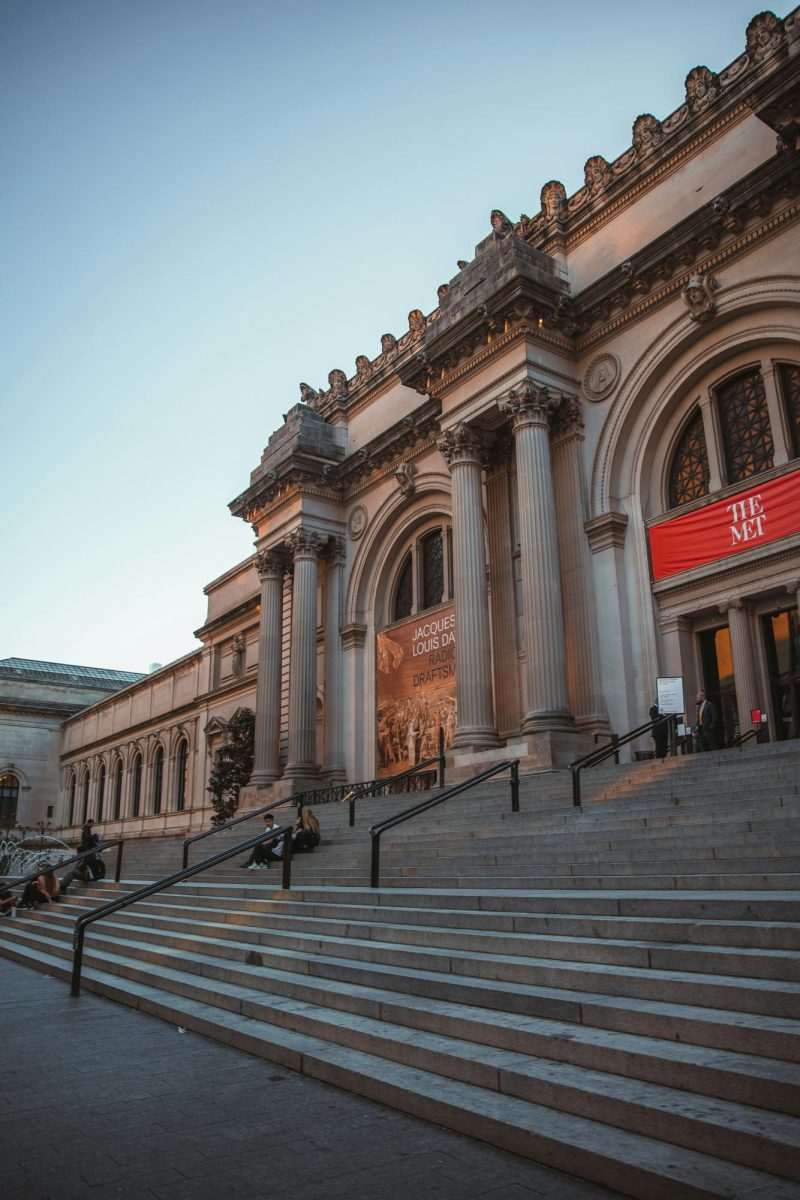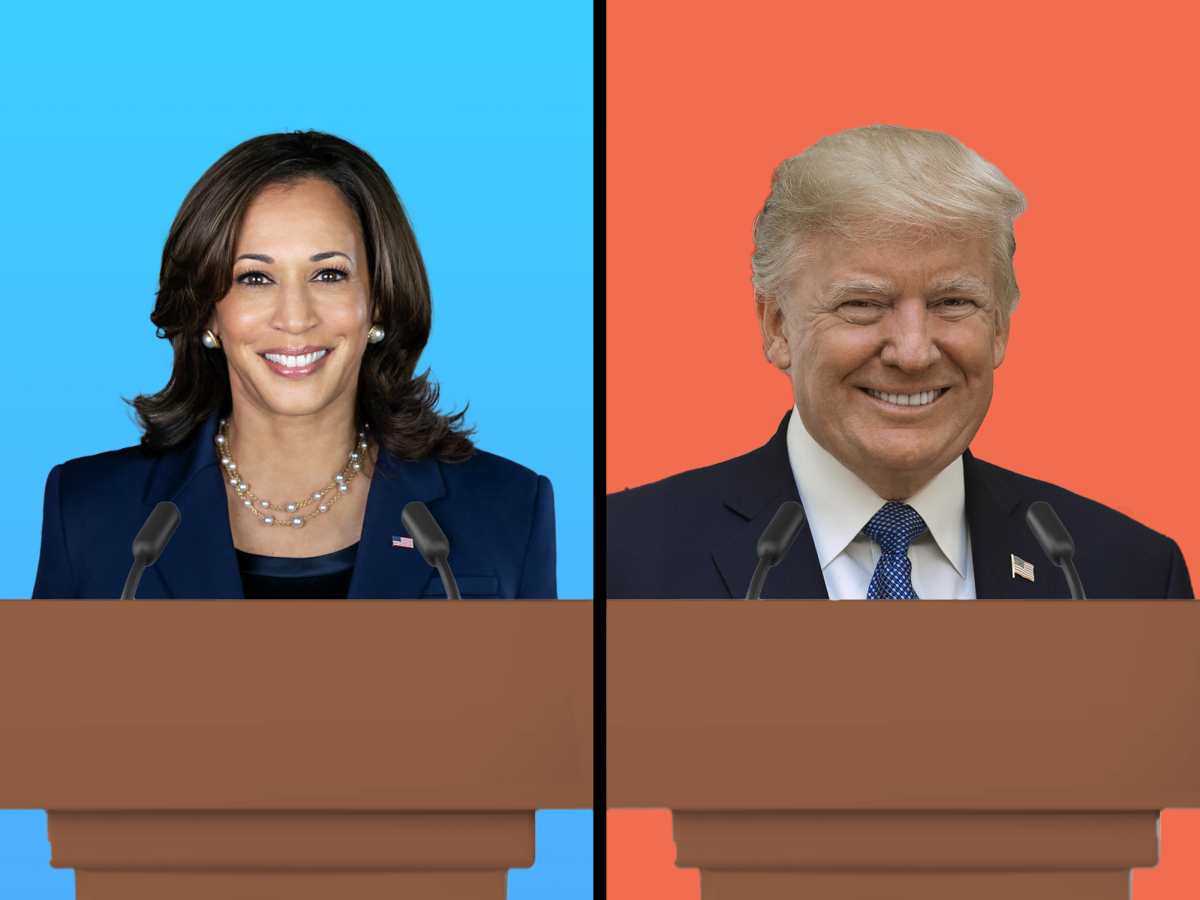Does music express who you are? Music preferences at Pingree are not just personal choices but reflections of both identity and social stigma.
Music is the art of organizing sounds through harmony, melody, rhythm, and form to create expressive content. However, music is more than the mechanics; it’s a cultural phenomenon.
According to scholars Marshall and Neumann, music preferences often express racial identities. They say that people of color “with lower racial centrality” [lower association with their racial identity] are more likely to prefer music associated with White Americans.” At the same time, according to journalist Lola Thomas, “Misconceptions and stereotypes have historically overshadowed the artistic and cultural significance” of music genres. But how might these dynamics appear within the lives of Pingree students?
It turns out that identity plays a central role in music preferences for Pingree students. For some students, music serves as a means to connect with their cultural heritage or identity. For example, Nandini Sattiraju, a Pingree senior, has a strong interest in the artist Zayn Malik whose South Asian identity mirrors her own. At the same time, queer-identifying students interviewed often gravitated towards pop, rock, or indie that emphasize catharsis, emotion, and self-expression. Familial and communal identity also deeply influence taste, with senior Molly Blander crediting her appreciation for rock and folk with her siblings’ music preferences growing up. Similarly, physics teacher Mr. Burt ties his appreciation of pop and rock to nostalgia for his high school and childhood experiences. These interviews underscore how students and teachers utilize music to reflect on identity and connect with others.
At the same time, stigmas constrain what students feel comfortable enjoying or sharing with others. Various interviews reflect stereotypes associated with rap, pop, and country. Rap was praised for being poetic, lyrical, and authentic, yet also described as misogynistic, glorifying drugs, and perpetuating other racialized assumptions about Blackness. Similarly, country music was frequently tied to conservatism, racism, or “Republican culture,” even by students who are avid enjoyers. Pop was stigmatized as “basic” or “teenage music.” Nandini, for instance, said she doesn’t share with people her enjoyment of older boy bands to avoid judgment. Rock, though often celebrated as “authentic” and “emotional,” was still dismissed as “angry teen music.” These trends reveal that peer pressure and stigma affect how students navigate their music preferences.
Ultimately, students often choose music that reflects their culture, social identity, or family history. However, social pressures shape how openly students share their preferences. Stigma reinforces stereotypes around certain genres, forcing students to balance personal enjoyment with societal expectations. In a way, music is more than just entertainment: it’s a commentary on identity and societal norms.














